Watch movies and TV shows, sporting events and concerts right at home - a reality that is available with the help of modern technology. Most new technical solutions embody the LED, OLED TVs and QLED. When the similarity of names is important to understand the difference between them, and in general what it is. Only in this way will understand how to select the TV.
In the production of modern television screens use a few basic techniques. To understand that one is better, it is necessary to consider the characteristics of each.
In TVs, this technology combines a matrix LCD and LEDs. Backlight LEDs replace outdated fluorescent lamps. They may be located at the edges of the rear panel or crystals, depending on what color rendition is more or less uniform.
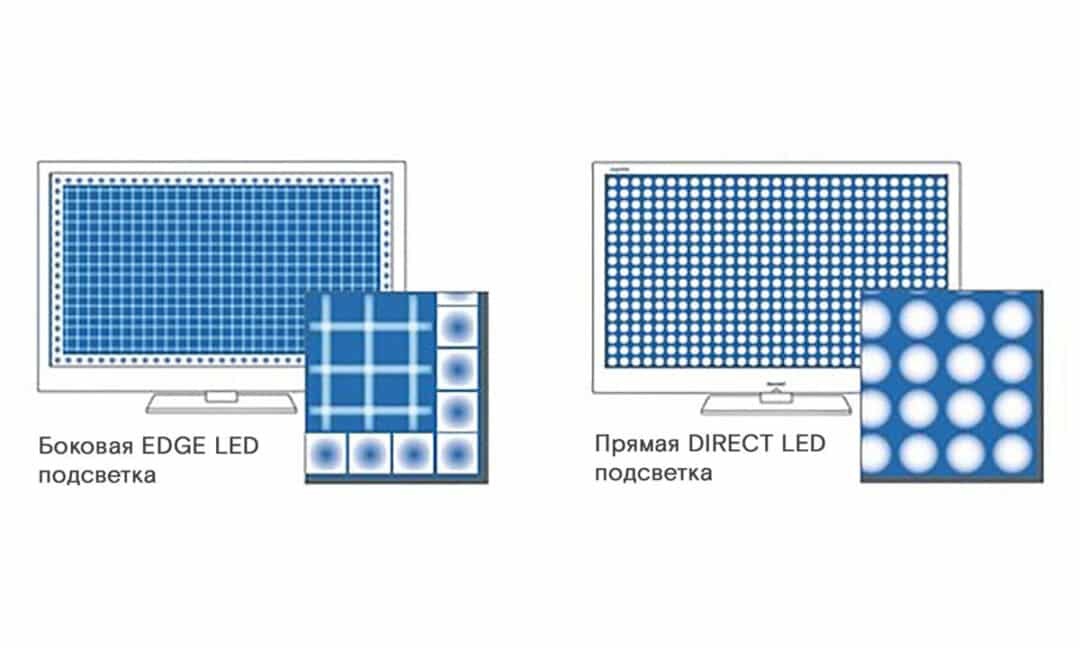
OLED
In television receivers based on the technology used organic compound capable of emitting light under the influence of an electric current. This means that each matrix pixel emits its own light, so no additional lighting is necessary. Also, each individual pixel is operable to emit light separately from the others.
This principle of operation provides a distinct advantage, especially improves the contrast performance. But these displays are expensive.
QLED
Based on the liquid crystal-based, but the colors used to create quantum dots. To construct the matrix need blue, red and green dots - they improve the brightness and color depth. Plast with these points is located between the layer of the liquid crystal panel and the backlight.
comparison
The problem of how to choose the technology can be solved by comparing their strengths and weaknesses.
Contrast
The basic understanding of the contrast - the difference between white and black on the screen. LCDs create black by using a specific crystal location. This method may not provide a complete blackout so that black looks rather dark gray.
OLED-matrix reach maximum contrast performance by turning off the pixels in the area where you want to display black. In QLED high brightness, but with the creation of dark areas they deal worse than OLED.
Response time
The reaction rate of the liquid crystals in the incoming signal for the display data is not high enough to ignore the delay - the ghost image at fast frame rates. To view was comfortable, this figure should not exceed 8 milliseconds.
The LEDs are switched much faster, so the OLED-screen response time is minimal. Enhanced matrix quantum dots allow you to switch to another image more quickly than it does a conventional liquid crystal structure. But LEDs to compete with the speed it can not.
viewing angle
LCD panel, always distressed users need to accurately calculate the location for easy viewing. New models of some expanded viewing angle of 170 ° but claimed he did not reach because of the distortion. The optimal angle for devices designed according to this principle, is 120 °.
The image quality on the LED panels is only slightly dependent on the viewing angle. It may reach 180 °. QLED essentially remain liquid crystal, therefore, have the same problems image distortion at a deviation from the optimal position of the viewer.
Color reproduction
Due to the quantum dots can achieve high color accuracy. But LEDs are not far behind in this parameter. Essentially they are inferior budget LCDs.
TV Choice Options
When choosing a TV technician must take into account the screen area, the size of the device, the amount of energy consumed and some other performances.
Diagonal
It helps to determine the size of the screen area. Diagonal indicated in inches, and to translate them into a specified number of centimeters must be multiplied by 2.54.
Typically, the diagonal is calculated on the basis of floor space. For normal viewing distance between a viewer and the display is considered the triple length of the diagonal. But high-resolution distance can be reduced.
Dimensions
This parameter affects the ability to enter into the interior of the purchase. Most often it is assumed that the TV will be on the stand or be mounted on a wall using a bracket. Variants with wide screen can easily tip over, so they will be the best for suspending.
Energy consumption
The lack of permanent working backlight reduces power consumption, so the LED models are more economical. By increasing the diagonal energy consumption will increase.
Resolution
The total number of pixels indicates a sharpness of the image. For example, one is now widespread variants - resolution of 1920x1080, which corresponds to the picture with Full HD high definition. The higher it is, the more detailed will display. But to tell the difference, it is necessary to comply with the recommended distance from the viewer to the screen and to take into account the size of the diagonal.
For watching movies in high quality or video games need a higher resolution, you need to play Ultra HD (3840h2160). Even greater resolution in devices labeled 4k.
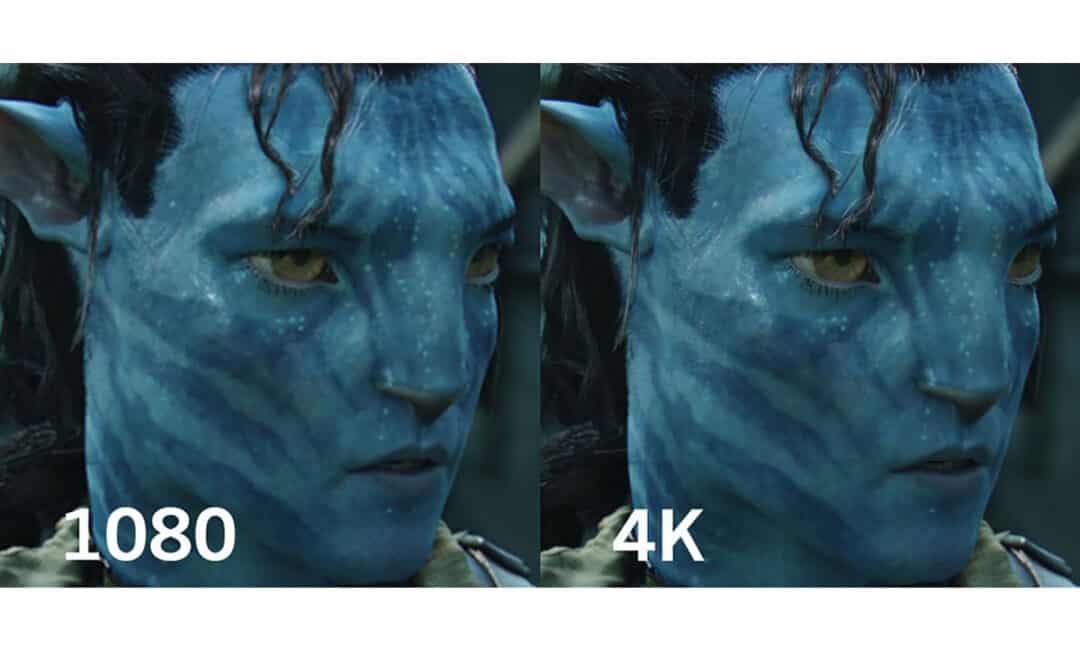
Matrix
The liquid crystal substrate can be structured in different ways. Distinguish 3 main types:
- TN (spiral) - makes it possible to watch movies in normal quality, but the viewing angle is small, and the number of colors is less than the competition.
- VA (vertical alignment) - creates a more realistic color picture, but the time to switch it needs more.
- IPS (flat off) - characterized by better color reproduction. Defective pixels are visually perceived as gray, but a brighter pixel grid.
image standards
There are several standards for digital image for television. Today, the most common - HDTV. But it is superior to standard-definition UHDTV. For normal operation of television set his resolution should correspond to the broadcasting signal.
Sound
In most low-TVs due to their design, there is no possibility to build complete audio speakers. One of the audio level indicators will be the total power of the speakers.
Frame frequency
This parameter indicates how many times will be updated on the screen for one second. It is measured in hertz. For the viewer will be a significant difference between 50 Hz with lubrication during fast moving object and 200 Hz, wherein the extra frames provide more ductile transition.
screen type
In addition to the resolution, there are several important characteristics that affect the perception of the TV coverage. One of them - the ratio of the display. For a long time the most common version is 4: 3, but now universally preferred embodiment, a 16: 9.
Another factor is the geometrical solution - will reproducing plane surface or concave. No effect on the quality of work of this distinction.

interfaces
Necessary for network connection and connection to other devices. Modern TVs usually have the following interfaces:
- USB for connection to flash drives.
- HDMI is needed to connect various external devices, such as a laptop, game console or set-top boxes Smart-TV.
- Mini-jack - audio output for headphones.
- Toslink optical output will be needed to connect to the speaker system.
- Backward compatibility is implemented using a composite SCART connector.
- Wireless Wi-fi and Bluetooth interfaces.
Additional functions
In addition to the simple repetition of a television program, users often want to have the possibility of deferred television viewing, video playback from USB-drives and network connectivity. All these advantages give Smart-TV.
Volumetric 3D video - another tempting option. It can be implemented in a passive or an active variant.
In passive bulk created by using polymeric film, separating video information for each eye. But the picture clarity is reduced. Active technology provides for alternately applying the information to each eye. To obtain the desired effect created 3D-glasses.
Ranking of the best models
To make it easier to navigate in what model to choose the rating of the best television sets based on user feedback.
LED
samsung UE32N5300AU
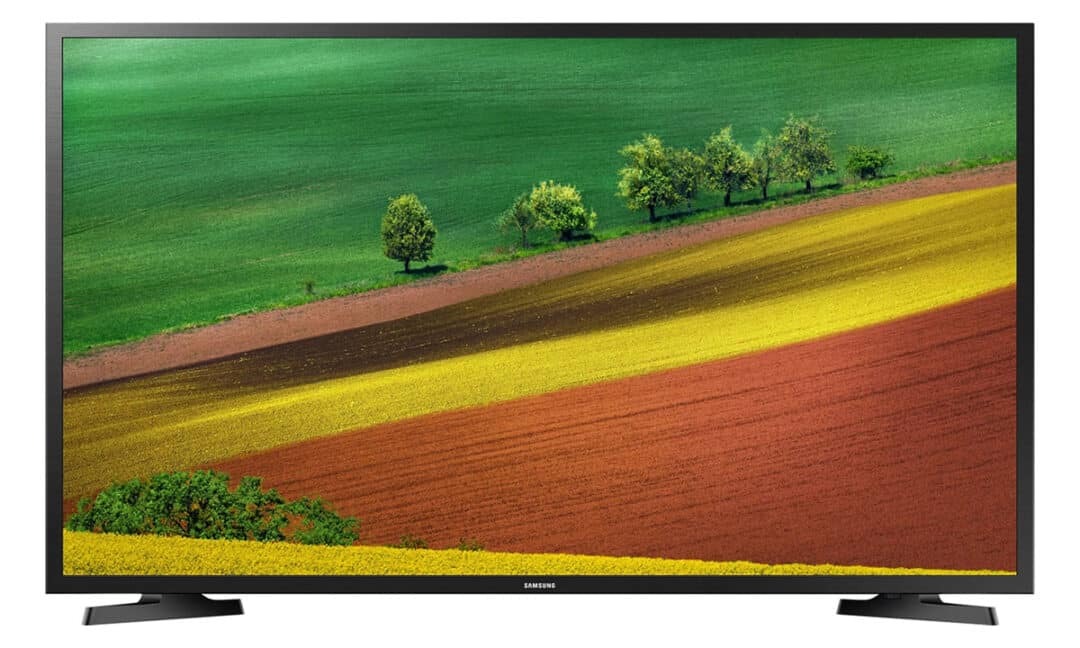
A small TV with a diagonal of 32 inches with additional options, including support for Internet connection. Image clarity provides a resolution of 1080p Full HD. The average price is 20 thousand. rubles.
Pros:
- a combination of analog and digital tuners;
- good job Smart-TV;
- high-quality color reproduction.
Minuses:
- USB does not support all formats;
- No audio output mini-jack.
LG 49UK6450
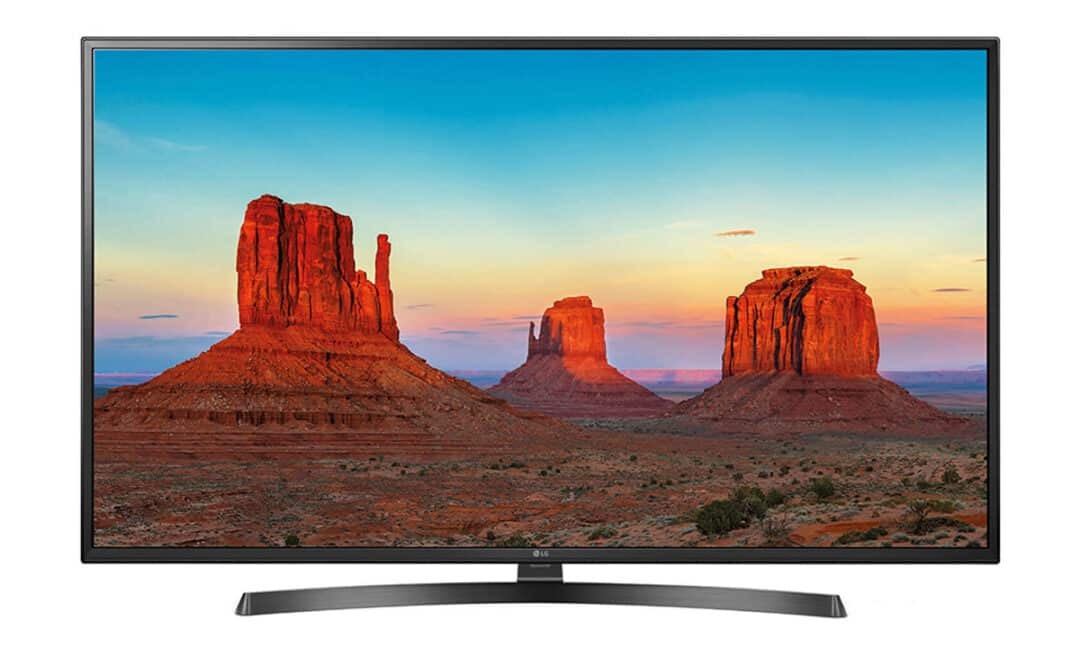
Model with support for UHD resolution of 3840 × 2160 and IPS matrix provides high-quality video playback. Wireless connection is realized through Wi-fi and Bluetooth. It costs an average of 43 thousand. rubles.
Benefits:
- is a function of voice recognition;
- wide viewing angle;
- well suited for video games.
Disadvantages:
- Stand unreliable;
- housing several stout.
Panasonic TX-32ESR500

Budget phone with a 720p HD resolution allows you to record video on USB-drive. Technology provides intelligent dimming backlight. It sold at a price up to 20 thousand. rubles.
Advantages:
- a wireless connection;
- The "multi-screen";
- fast response;
- two speakers provide an acceptable level of sound.
Disadvantages:
- Smart-TV are not efficient enough, frequent crashes;
- difficult to enter information at the entrance to the browser.
OLED
LG OLED55C8
It provides high-quality video playback for video games and movies in 4k. The refresh rate is 100 Hz, the speaker power of 40 watts. Price is not cheap - an average of 150 thousand. rubles.
Pros:
- integrated subwoofer;
- efficient processor;
- access to network resources;
- voice recognition;
- no complaints about the quality of the image.
Of
Panasonic TX-55EZR950
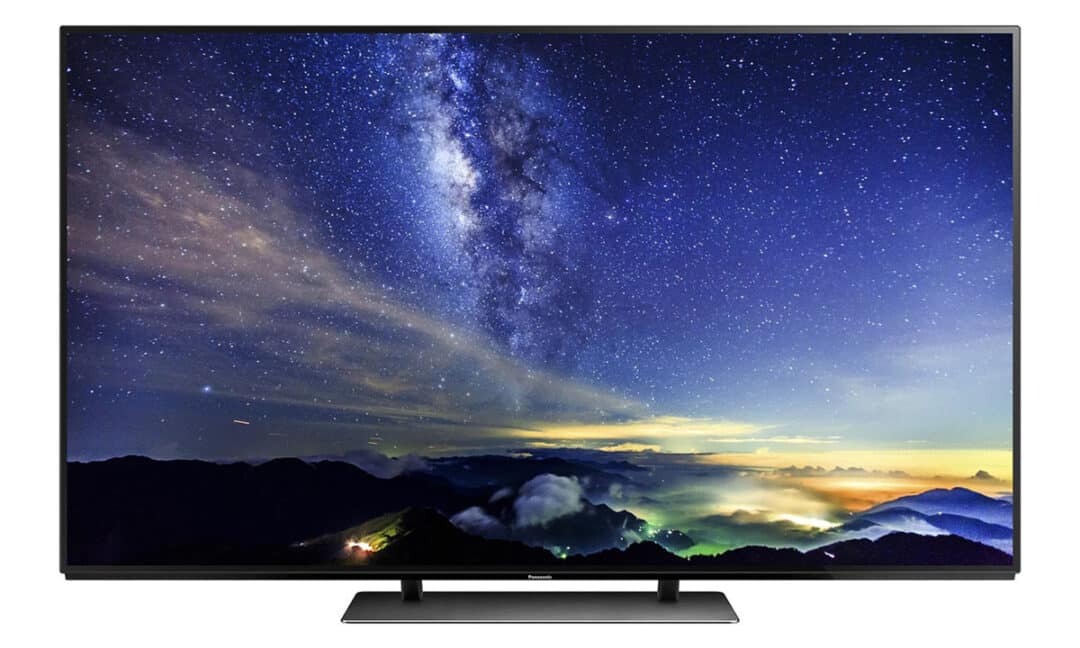
The popularity of this model is provided in its bright image, rich sound and easy access to network resources. It is worth about 200 thousand. rubles.
Benefits:
- Support almost all video formats;
- great sound;
- can replace even a home theater.
TO
Sony KD-65A1
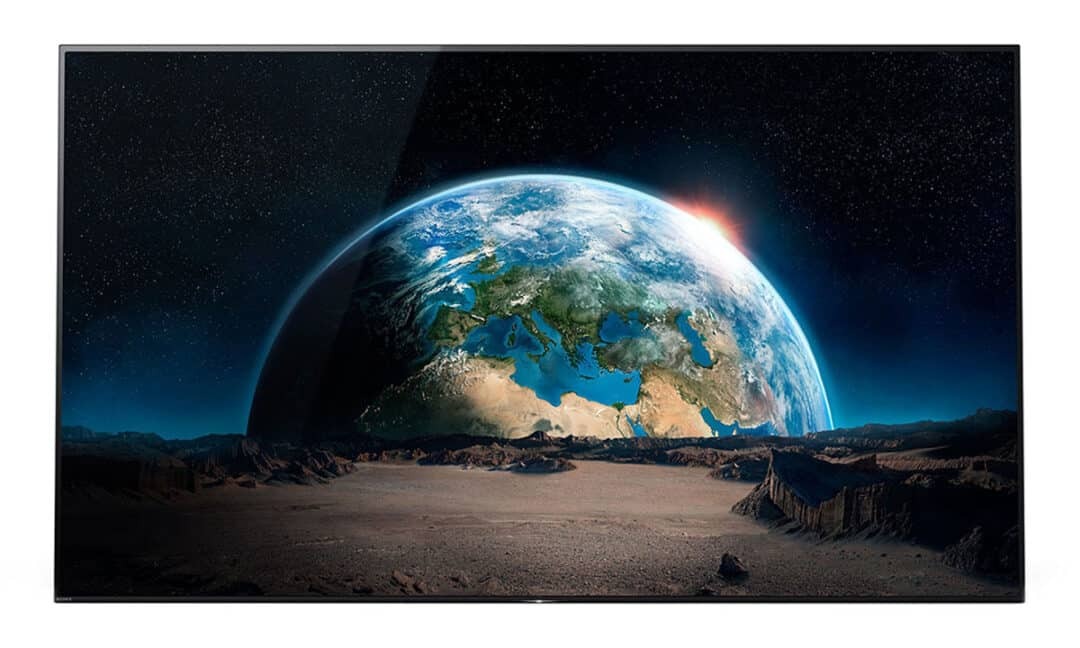
A combination of several technological innovations into one model. Unusual acoustic solution - amplification of sound by vibrating the screen surface. It sold at a price of 300 thousand. rubles.
Advantages:
- realism for movies;
- voice control;
- watching movies from the network and storage;
- compatibility with other devices.
significant
QLED
samsung QE49Q7CAM

Curved display creates a sense of immersion in the view. Good color, low power consumption. Worth 80 thousand on average. rubles.
Pros:
- Wireless access to the network;
- compatibility with other devices;
- handy remote control;
- intuitive setup.
Minuses:
- slight delay in adjusting the sound;
- no composite output.
samsung QE49Q6FNAU
Rich palette of colors for vivid colors. There are intelligent control, which makes it easier to search and information processing. The average price is 75 thousand. rubles.
Advantages:
- provided SmartThings application to control other devaysa;
- fine adjustment of the color settings.
Minuses:
- on the remote control is no touch zone for the browser;
- included for wall mounting no screws;
- may be a problem with playing a DTS audio format.
samsung QE55Q6FAM
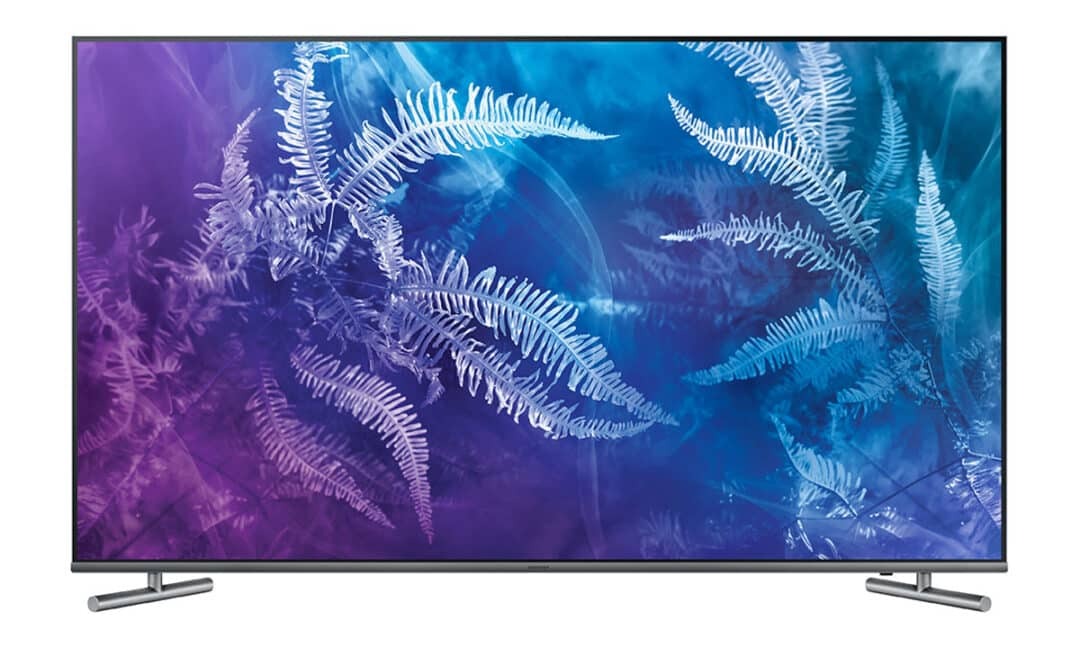
Absence of frames creates dissolving effect in the image. Sound realistic thanks to a speaker system with bass. The model will cost 120 thousand. rubles.
Benefits:
- speed;
- a high resolution;
- modern management techniques.
Disadvantages:
- outdoor unit can not be mounted on the rear wall when mounting the bracket on the TV;
- Black transmission is not perfect.
For all the variety available in the TV market, which for the average user are slightly different, the choice becomes a difficult task. The decision about whether to buy this model should be taken after a detailed study of the operating parameters and personal evaluation of image quality.
